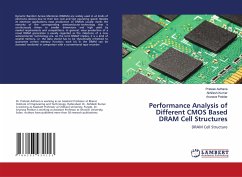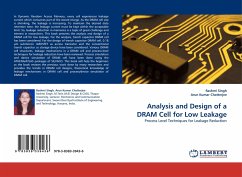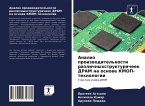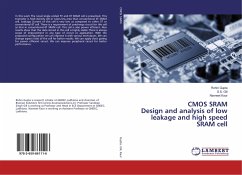Dynamic Random Access Memories (DRAMs) are widely used in all kinds of electronic devices due to their low cost and fast operating speed. Besides its extensive applications, mass production of DRAMs usually marks the maturity of the corresponding semiconductor technology that is continuously driven to smaller dimensions and high yield by market requirements and competitions. In general, mass production of a novel DRAM generation is usually regarded as the milestone of a new semiconductor technology era. As the term 'DRAM' implies, it is a kind of volatile memory, i.e. the data stored has to be 'dynamically' refreshed to guarantee correct memory function; each bit in the DRAM can be accessed 'randomly' in comparison with a conventional tape recorder.
Bitte wählen Sie Ihr Anliegen aus.
Rechnungen
Retourenschein anfordern
Bestellstatus
Storno








